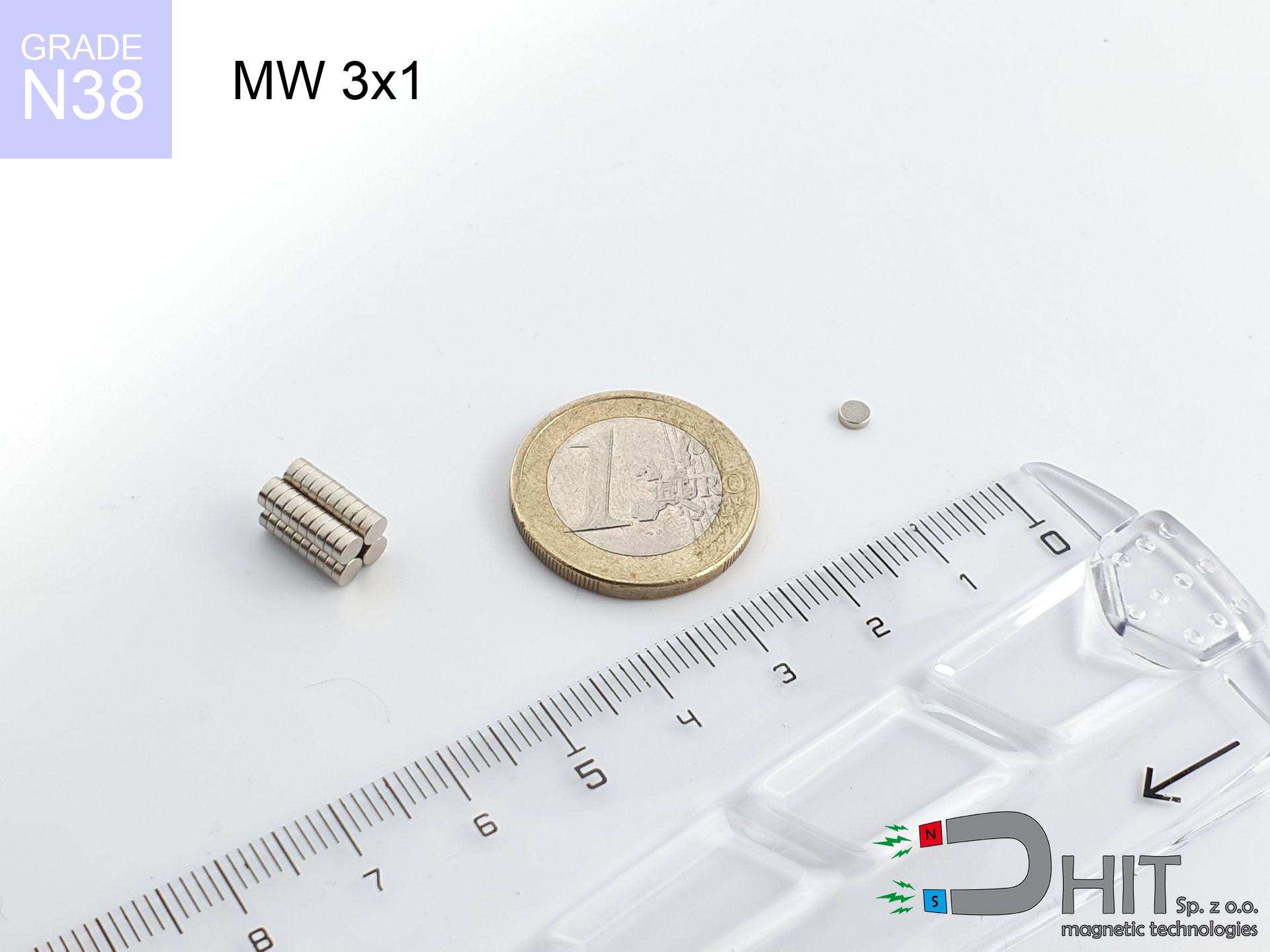MPL 10x5x1.5 / N38 - lamellar magnet
lamellar magnet
Catalog no 020114
GTIN: 5906301811206
length
10 mm [±0,1 mm]
Width
5 mm [±0,1 mm]
Height
1.5 mm [±0,1 mm]
Weight
0.56 g
Magnetization Direction
↑ axial
Load capacity
0.5 kg / 4.9 N
Magnetic Induction
239.33 mT
Coating
[NiCuNi] nickel
0.381 ZŁ with VAT / pcs + price for transport
0.310 ZŁ net + 23% VAT / pcs
bulk discounts:
Need more?Looking for a better price?
Contact us by phone
+48 888 99 98 98
alternatively drop us a message through
our online form
the contact page.
Strength as well as shape of a magnet can be checked on our
power calculator.
Orders submitted before 14:00 will be dispatched today!
MPL 10x5x1.5 / N38 - lamellar magnet
Specification / characteristics MPL 10x5x1.5 / N38 - lamellar magnet
| properties | values |
|---|---|
| Cat. no. | 020114 |
| GTIN | 5906301811206 |
| Production/Distribution | Dhit sp. z o.o. |
| Country of origin | Poland / China / Germany |
| Customs code | 85059029 |
| length | 10 mm [±0,1 mm] |
| Width | 5 mm [±0,1 mm] |
| Height | 1.5 mm [±0,1 mm] |
| Weight | 0.56 g |
| Magnetization Direction | ↑ axial |
| Load capacity ~ ? | 0.5 kg / 4.9 N |
| Magnetic Induction ~ ? | 239.33 mT |
| Coating | [NiCuNi] nickel |
| Manufacturing Tolerance | ±0.1 mm |
Magnetic properties of material N38
| properties | values | units |
|---|---|---|
| remenance Br [Min. - Max.] ? | 12.2-12.6 | kGs |
| remenance Br [Min. - Max.] ? | 1220-1260 | T |
| coercivity bHc ? | 10.8-11.5 | kOe |
| coercivity bHc ? | 860-915 | kA/m |
| actual internal force iHc | ≥ 12 | kOe |
| actual internal force iHc | ≥ 955 | kA/m |
| energy density [Min. - Max.] ? | 36-38 | BH max MGOe |
| energy density [Min. - Max.] ? | 287-303 | BH max KJ/m |
| max. temperature ? | ≤ 80 | °C |
Physical properties of sintered neodymium magnets Nd2Fe14B at 20°C
| properties | values | units |
|---|---|---|
| Vickers hardness | ≥550 | Hv |
| Density | ≥7.4 | g/cm3 |
| Curie Temperature TC | 312 - 380 | °C |
| Curie Temperature TF | 593 - 716 | °F |
| Specific resistance | 150 | μΩ⋅Cm |
| Bending strength | 250 | Mpa |
| Compressive strength | 1000~1100 | Mpa |
| Thermal expansion parallel (∥) to orientation (M) | (3-4) x 106 | °C-1 |
| Thermal expansion perpendicular (⊥) to orientation (M) | -(1-3) x 10-6 | °C-1 |
| Young's modulus | 1.7 x 104 | kg/mm² |
Engineering Simulation
The table shows theoretical working parameters of the magnet. Actual conditions may vary.
| Distance (mm) | Induction (Gauss) / mT | Pull Force (kg) | Risk Status |
|---|---|---|---|
| 0 mm |
3229 Gs
322.86 mT |
1.06 kg | Safe |
| 1 mm |
2449 Gs
244.92 mT |
0.61 kg | Safe |
| 2 mm |
1677 Gs
167.72 mT |
0.29 kg | Safe |
| 5 mm |
399 Gs
39.90 mT |
0.02 kg | Safe |
| 10 mm |
94 Gs
9.42 mT |
0.00 kg | Safe |
| 15 mm |
34 Gs
3.38 mT |
0.00 kg | Safe |
| 20 mm |
15 Gs
1.55 mT |
0.00 kg | Safe |
| 30 mm |
5 Gs
0.49 mT |
0.00 kg | Safe |
| 50 mm |
1 Gs
0.11 mT |
0.00 kg | Safe |
| Surface Type | Friction Coeff. | Max Load (kg) |
|---|---|---|
| Raw Steel | µ = 0.3 | 0.32 kg |
| Painted Steel (Standard) | µ = 0.2 | 0.21 kg |
| Greasy/Slippery Steel | µ = 0.1 | 0.11 kg |
| Magnet with Anti-slip Rubber | µ = 0.5 | 0.53 kg |
| Steel Thickness (mm) | % Efficiency | Real Pull Force (kg) |
|---|---|---|
| 0.5 mm |
|
0.11 kg |
| 1 mm |
|
0.27 kg |
| 2 mm |
|
0.53 kg |
| 5 mm |
|
1.06 kg |
| 10 mm |
|
1.06 kg |
| Ambient Temp. (°C) | Power Loss | Remaining Pull | Status |
|---|---|---|---|
| 20 °C | 0.0% | 1.06 kg | OK |
| 40 °C | -2.2% | 1.04 kg | OK |
| 60 °C | -4.4% | 1.01 kg | OK |
| 80 °C | -6.6% | 0.99 kg | |
| 100 °C | -8.8% | 0.97 kg | |
| 120 °C | -11.0% | 0.94 kg |
| Air Gap (mm) | Attraction (kg) (N-S) | Repulsion (kg) (N-N) |
|---|---|---|
| 0 mm | 1.59 kg | N/A |
| 2 mm | 0.43 kg | 0.41 kg |
| 5 mm | 0.03 kg | 0.03 kg |
| 10 mm | 0.00 kg | 0.00 kg |
| 20 mm | 0.00 kg | 0.00 kg |
| 50 mm | 0.00 kg | 0.00 kg |
| Object / Device | Limit (Gauss) / mT | Safe Distance |
|---|---|---|
| Pacemaker | 5 Gs (0.50 mT) | 3.0 cm |
| Phone / Smartphone | 20 Gs (2.00 mT) | 2.0 cm |
| Credit Card | 400 Gs (40.00 mT) | 0.5 cm |
| Hard Drive (HDD) | 600 Gs (60.00 mT) | 0.5 cm |
| Start from (mm) | Speed (km/h) | Energy (J) | Predicted Effect |
|---|---|---|---|
| 10 mm | 43.83 km/h | 0.04 J | |
| 30 mm | 75.87 km/h | 0.12 J | |
| 50 mm | 97.94 km/h | 0.21 J | |
| 100 mm | 138.51 km/h | 0.42 J |
Shopping tips
Pros as well as cons of neodymium magnets.
Besides their high retention, neodymium magnets are valued for these benefits:
- They do not lose power, even during nearly ten years – the drop in lifting capacity is only ~1% (based on measurements),
- They maintain their magnetic properties even under external field action,
- In other words, due to the reflective layer of nickel, the element becomes visually attractive,
- Magnetic induction on the surface of the magnet is strong,
- Thanks to resistance to high temperature, they are able to function (depending on the shape) even at temperatures up to 230°C and higher...
- Thanks to versatility in shaping and the capacity to modify to specific needs,
- Significant place in future technologies – they find application in mass storage devices, motor assemblies, precision medical tools, also multitasking production systems.
- Relatively small size with high pulling force – neodymium magnets offer high power in tiny dimensions, which allows their use in compact constructions
Disadvantages of NdFeB magnets:
- Susceptibility to cracking is one of their disadvantages. Upon strong impact they can fracture. We recommend keeping them in a special holder, which not only secures them against impacts but also raises their durability
- Neodymium magnets demagnetize when exposed to high temperatures. After reaching 80°C, many of them experience permanent drop of strength (a factor is the shape and dimensions of the magnet). We offer magnets specially adapted to work at temperatures up to 230°C marked [AH], which are very resistant to heat
- They rust in a humid environment. For use outdoors we advise using waterproof magnets e.g. in rubber, plastic
- We suggest cover - magnetic mechanism, due to difficulties in realizing nuts inside the magnet and complex shapes.
- Possible danger to health – tiny shards of magnets can be dangerous, if swallowed, which gains importance in the aspect of protecting the youngest. Furthermore, small components of these magnets can be problematic in diagnostics medical in case of swallowing.
- Due to expensive raw materials, their price exceeds standard values,
Magnetic strength at its maximum – what contributes to it?
The declared magnet strength refers to the peak performance, recorded under ideal test conditions, specifically:
- using a sheet made of high-permeability steel, serving as a ideal flux conductor
- with a cross-section no less than 10 mm
- with a plane free of scratches
- without any insulating layer between the magnet and steel
- for force acting at a right angle (in the magnet axis)
- at conditions approx. 20°C
Practical lifting capacity: influencing factors
Bear in mind that the magnet holding may be lower subject to elements below, starting with the most relevant:
- Air gap (between the magnet and the metal), as even a tiny distance (e.g. 0.5 mm) leads to a decrease in lifting capacity by up to 50% (this also applies to paint, rust or dirt).
- Loading method – catalog parameter refers to detachment vertically. When slipping, the magnet holds significantly lower power (typically approx. 20-30% of maximum force).
- Steel thickness – too thin plate does not close the flux, causing part of the power to be lost into the air.
- Steel type – mild steel gives the best results. Alloy steels decrease magnetic properties and holding force.
- Smoothness – full contact is obtained only on polished steel. Any scratches and bumps reduce the real contact area, weakening the magnet.
- Thermal factor – hot environment weakens magnetic field. Exceeding the limit temperature can permanently demagnetize the magnet.
* Lifting capacity was assessed by applying a steel plate with a smooth surface of optimal thickness (min. 20 mm), under perpendicular pulling force, in contrast under attempts to slide the magnet the holding force is lower. Additionally, even a minimal clearance {between} the magnet and the plate lowers the load capacity.
Safe handling of neodymium magnets
Physical harm
Danger of trauma: The pulling power is so immense that it can result in hematomas, crushing, and broken bones. Protective gloves are recommended.
ICD Warning
Health Alert: Strong magnets can turn off heart devices and defibrillators. Do not approach if you have medical devices.
Conscious usage
Handle magnets with awareness. Their huge power can shock even professionals. Plan your moves and do not underestimate their force.
Data carriers
Avoid bringing magnets close to a wallet, laptop, or TV. The magnetic field can irreversibly ruin these devices and wipe information from cards.
Product not for children
NdFeB magnets are not intended for children. Swallowing several magnets may result in them attracting across intestines, which poses a severe health hazard and requires immediate surgery.
Magnets are brittle
Despite metallic appearance, the material is brittle and not impact-resistant. Do not hit, as the magnet may shatter into hazardous fragments.
GPS and phone interference
An intense magnetic field interferes with the operation of compasses in phones and navigation systems. Maintain magnets near a device to avoid breaking the sensors.
Do not overheat magnets
Keep cool. NdFeB magnets are susceptible to heat. If you require operation above 80°C, ask us about special high-temperature series (H, SH, UH).
Combustion hazard
Dust created during machining of magnets is combustible. Do not drill into magnets without proper cooling and knowledge.
Nickel allergy
A percentage of the population suffer from a hypersensitivity to nickel, which is the standard coating for neodymium magnets. Frequent touching can result in an allergic reaction. We strongly advise wear protective gloves.
Danger!
Need more info? Check our post: Why are neodymium magnets dangerous?


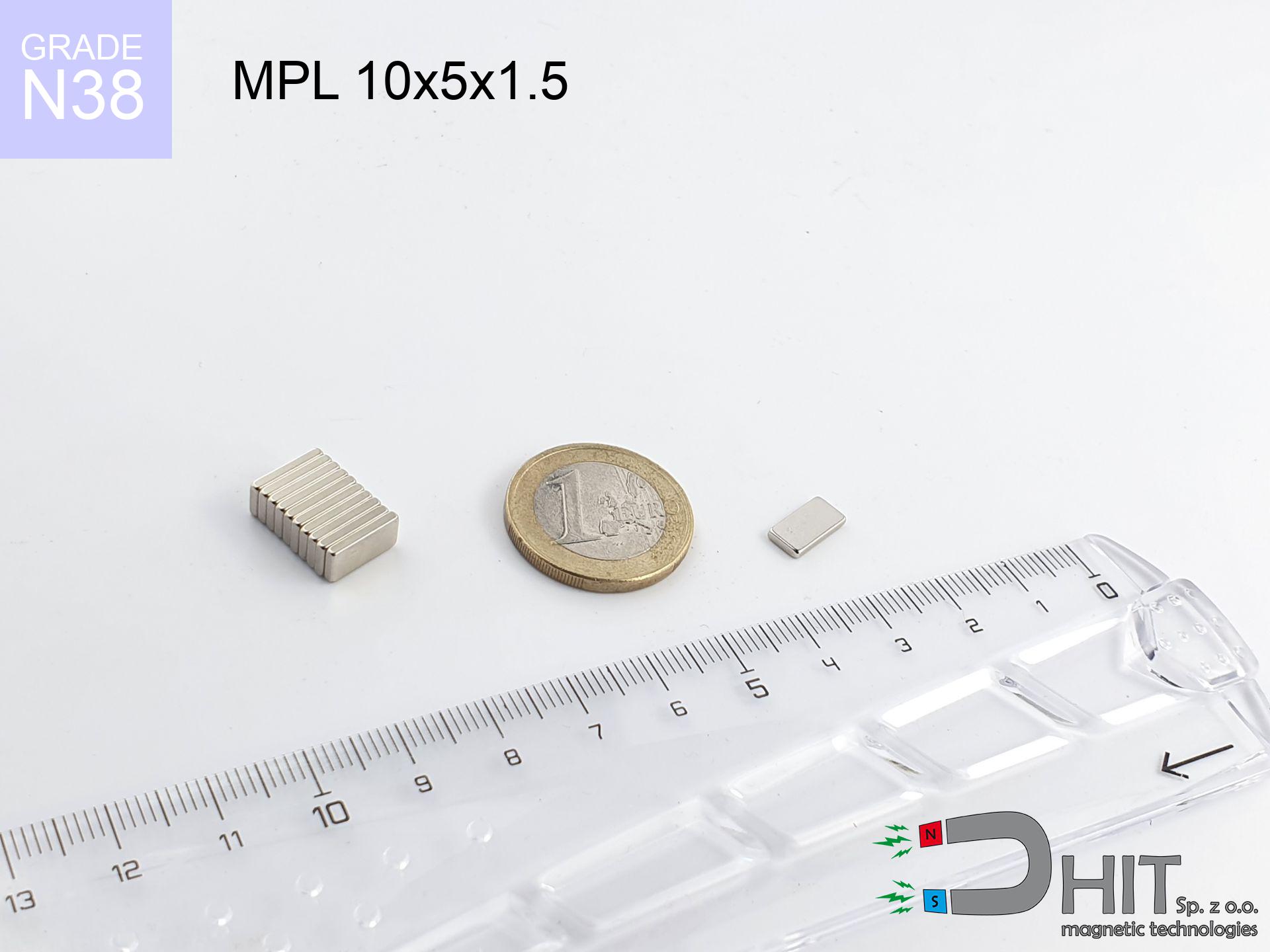
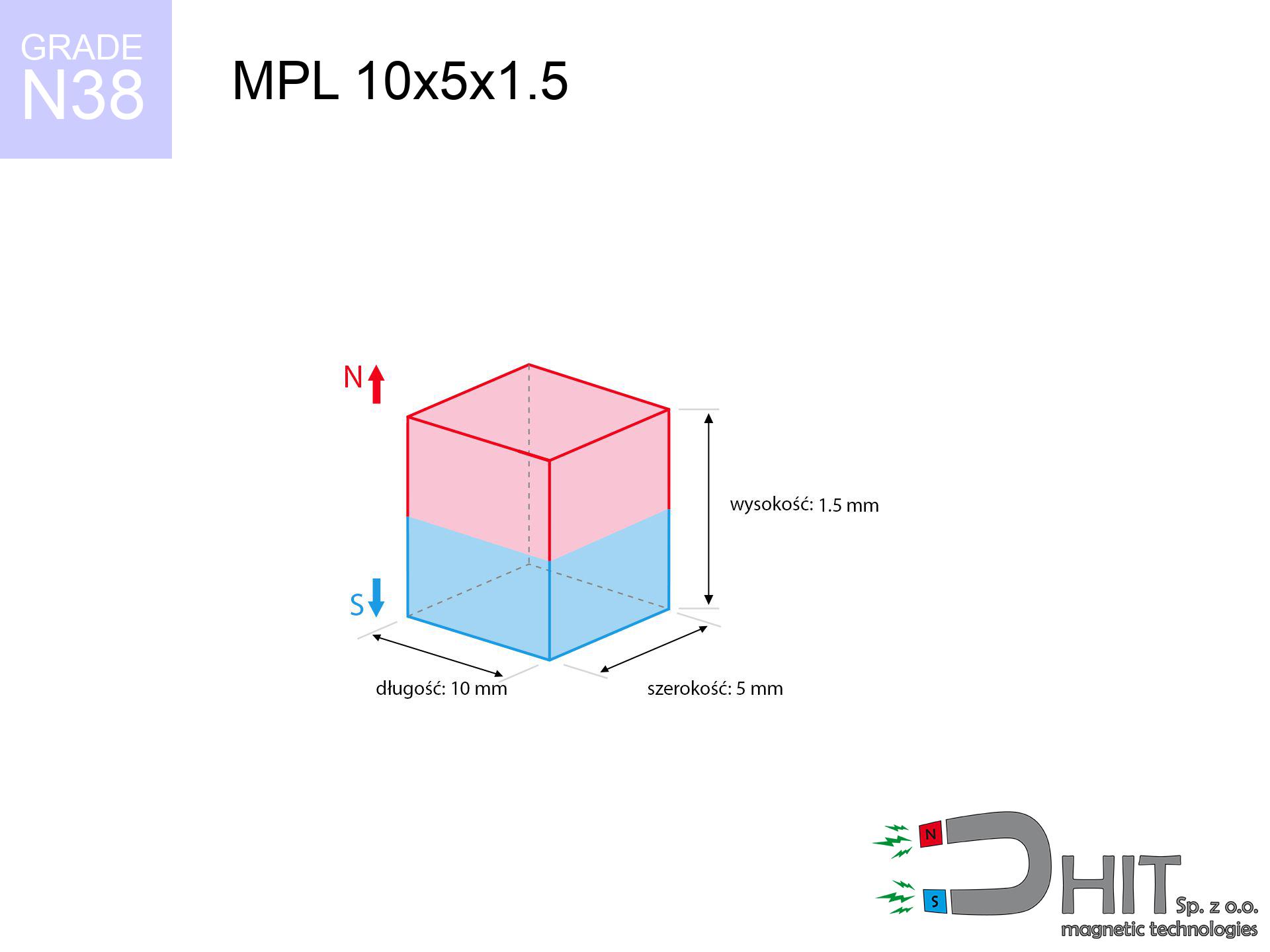
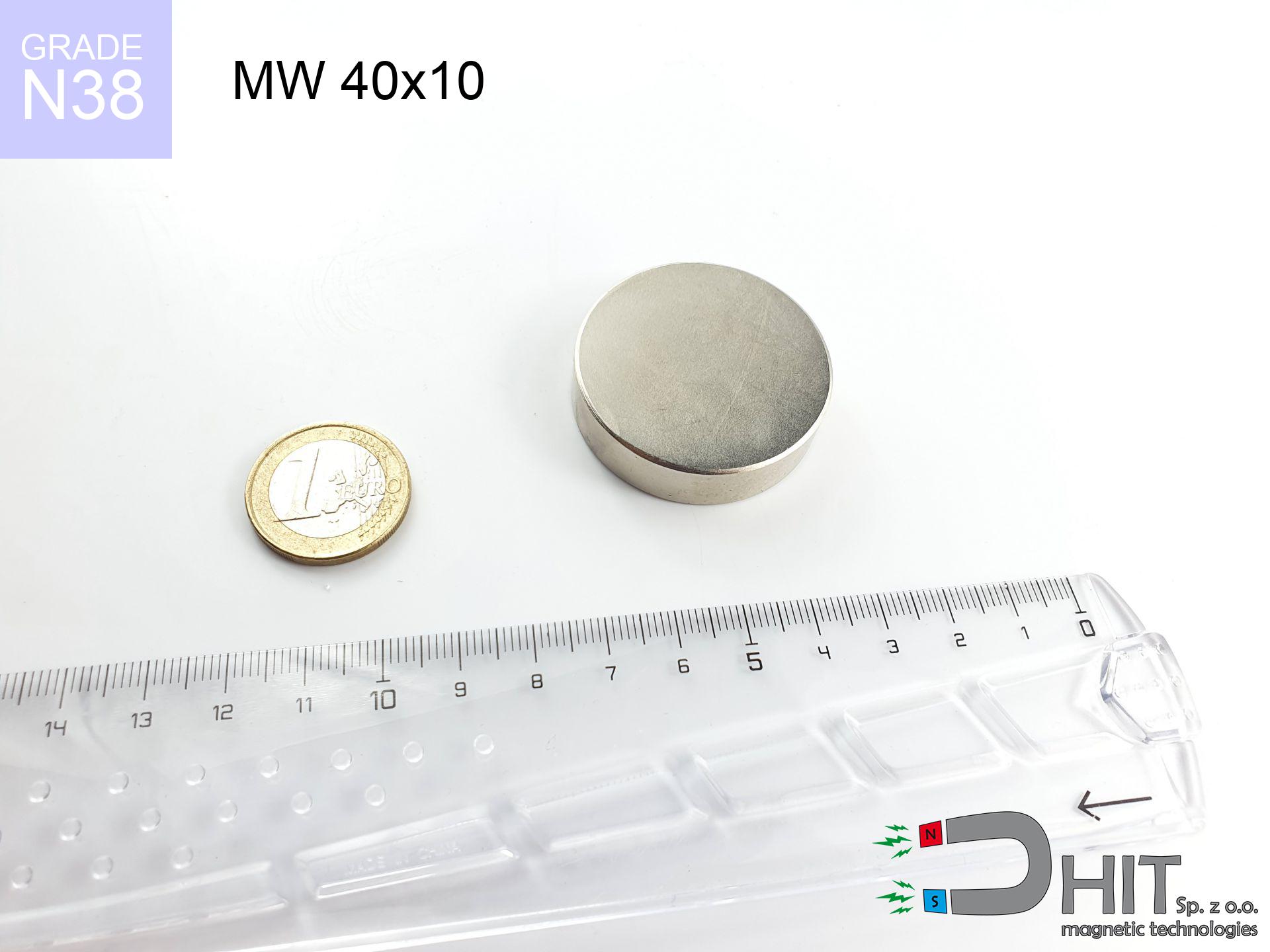
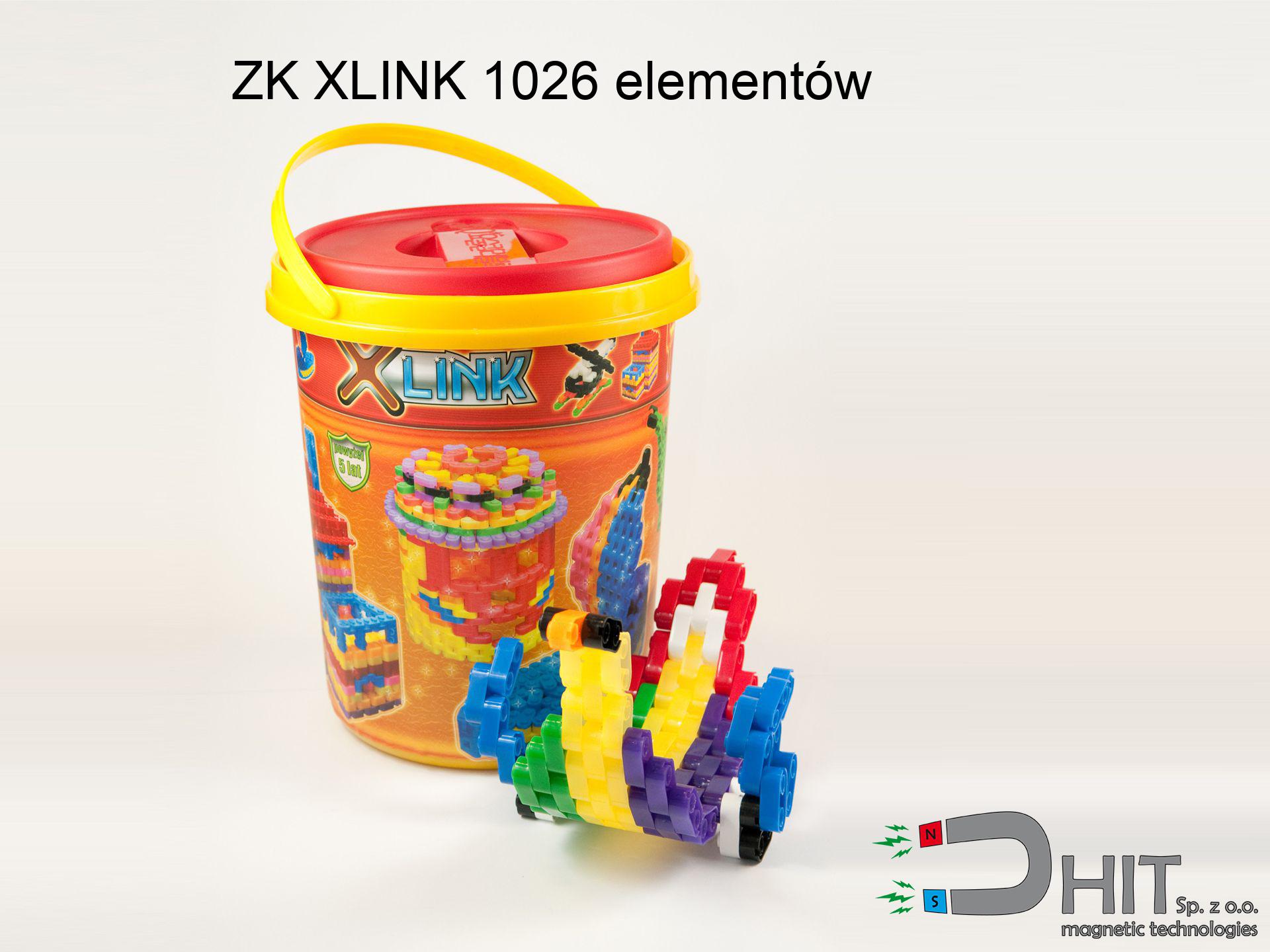
![SM 32x100 [2xM8] / N52 - magnetic separator SM 32x100 [2xM8] / N52 - magnetic separator](https://cdn3.dhit.pl/graphics/products/sm-32x100-2xm8-war.jpg)
